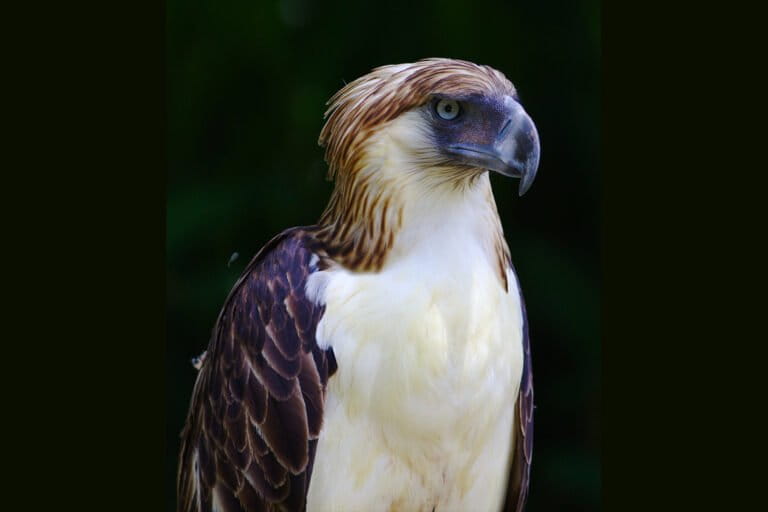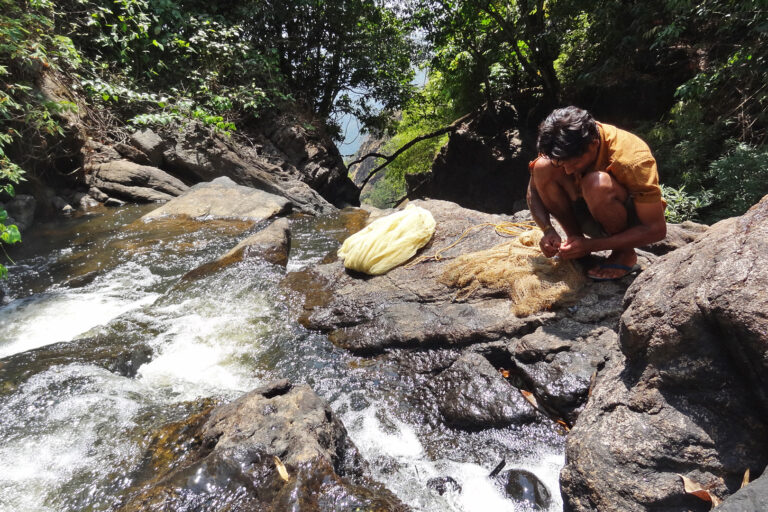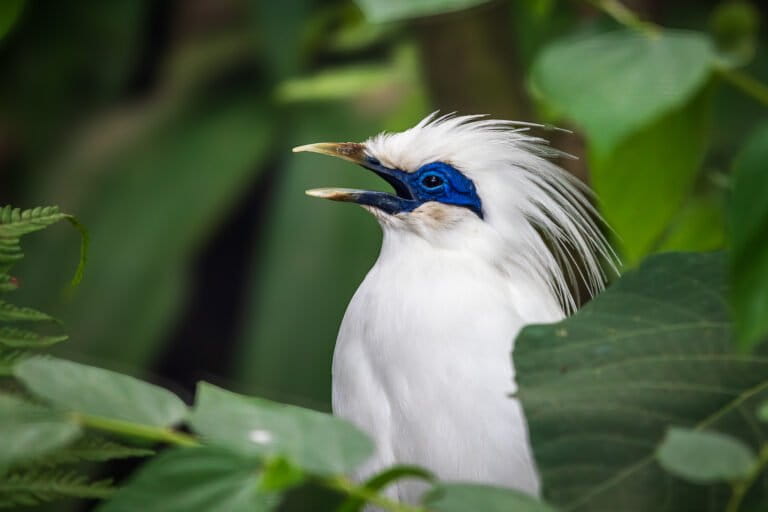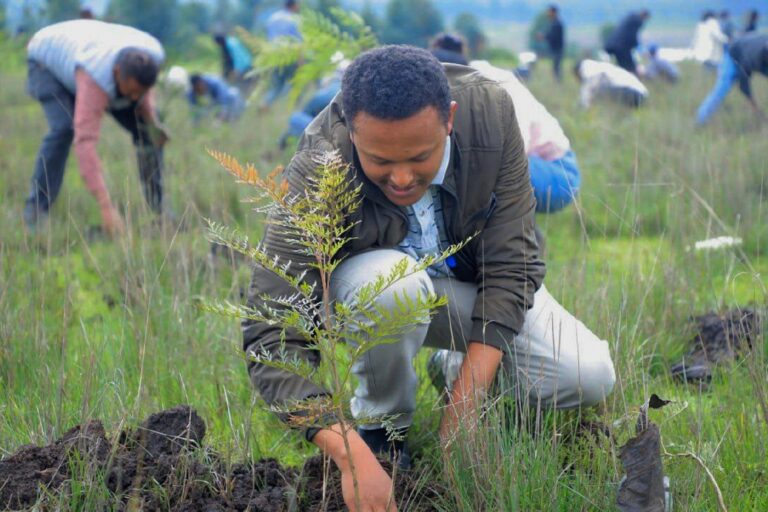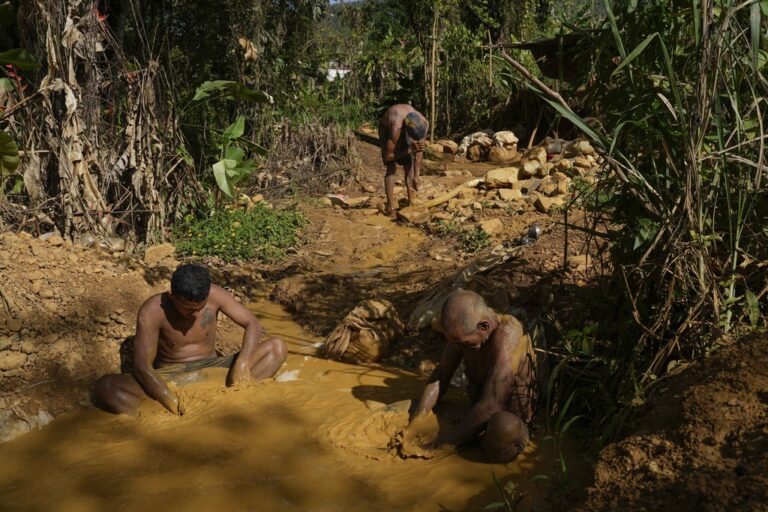- Chimpanzees in the wild have long been known to use a balled-up wad of leaves as a sponge to soak up water to drink.
- In 2011, researchers in Uganda observed chimps using a fistful of moss instead of leaves — and noted that the practice of “moss-sponging” was spreading throughout the chimp community.
- The sudden emergence and then rapid spread of this new tool leads researchers to believe that chimpanzees are capable of cultural evolution.
- Deforestation and hunting threaten chimpanzees with extinction, and may make it more difficult for cultural innovations to spread.
Imagine traipsing through a forest, growing thirsty, and stumbling on a small pool of water in the knot of a log. How would you drink it? If you had a straw, you might use that. A dipper cup would be handy. Or perhaps a sponge?
Faced with this situation, wild chimpanzees employ a technique called leaf-sponging: they scrunch a ball of leaves in one hand, dip it in the water, and wring it out into their mouth. But a recent paper in Proceedings of the Royal Society B: Biological Sciences shows that chimpanzees in Uganda have developed a new technique of sponging — and are passing it along via social learning.
On a November day in 2011, scientists watched an eastern chimpanzee (Pan troglodytes schweinfurthii) from the Sonso chimp community in Uganda’s Budongo Forest employ a new technique at a mineral-rich clay pit. Instead of leaves, the great ape sponged water with a ball of moss. Over the next week, seven other chimpanzees started moss-sponging. The behavior continued to spread, first through the Sonso community and then to members of the neighboring Waibira community, which has an overlapping range.
The new study asks why moss-sponging spread when so many other chimpanzee innovations — such as unplugging a nostril with a stick, eating algae, digging for water in the dry season, making noise with a blade of bamboo grass, and washing the skins of consumed prey — remain isolated occurrences.
To hear this article read aloud on Mongabay’s podcast, click play here:
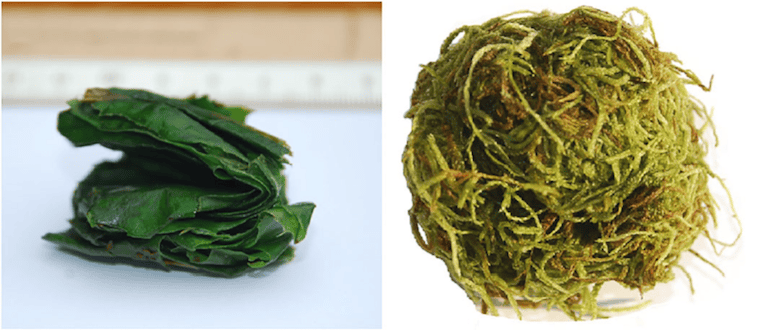
Prior to 2011, leaf-sponges were the only tools Sonso chimpanzees used to forage. For years scientists had provided opportunities for the chimps to develop stick tools, but it never happened. The researchers theorized that stick tools may have been too far outside Sonso cultural knowledge. That’s why the observation of moss-sponging was so remarkable.
“Seeing the chimps using a new type of tool in 2011 was absolutely amazing,” said Thibaud Gruber, co-author of the study and a primatologist at the University of Geneva and the University of Oxford. “Especially because it’s so rare in wild chimps.”
In the dry seasons of 2014 and 2015, the researchers prepared an experiment to determine whether moss-sponging was truly a new cultural practice gained through social learning, or merely a spontaneous behavior invented whenever moss was available.
In the experiment, the researchers placed an artificial log containing pools of rainwater in the path of Sonso chimpanzees. Next to one pool, the scientists laid a clump of moss. Next to the other, a handful of leaves.
At first, the chimpanzees ignored both materials.
“The few first trials, they just put their fingers in the hole and licked the water out of their fingers,” said Noémie Lamon, lead author of the study and an ethologist at the University of Neuchâtel in Switzerland. But eventually the experiment paid off.
“The first time I saw a chimp manufacturing a moss-sponge, I could have cried,” Lamon said. “Hours of walking with all the material and a big wooden log and finally results!”
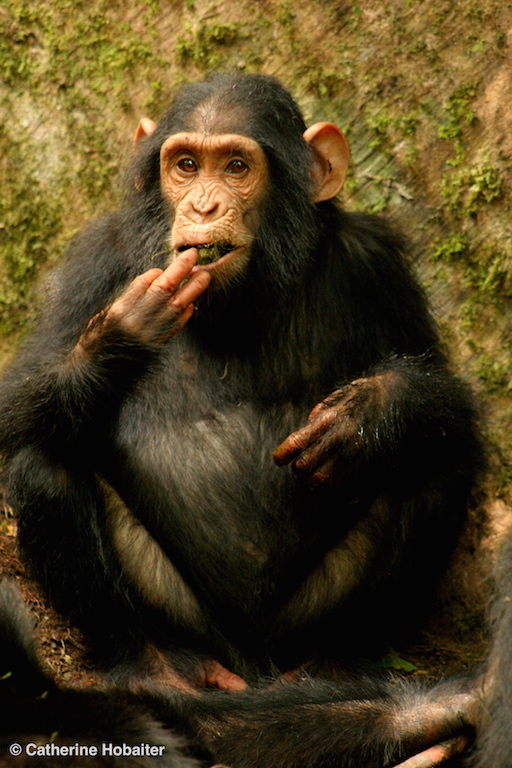
The scientists labeled each chimpanzee as either a “moss-sponger” or a “leaf-sponger” based on observed behaviors prior to the experiment. Twenty chimpanzees made sponges to drink from the artificial log during the study. Of these, half used moss and half leaves.
As predicted, chimpanzees known to use moss previously were more likely to make moss-sponges during the experiment: seven of the nine moss-spongers chose moss. Surprisingly, though, three of the leaf-spongers also used moss.
It’s unclear how these three leaf-spongers knew to use moss. Although it’s possible these chimps recognized the value of moss spontaneously, the scientists are not convinced.
“The most likely explanation, in our view,” they wrote in the Proceedings paper, “is that these three individuals had acquired the moss-sponging behaviour prior to the experiment, but never showed it during observer presence.”
The scientists say these results are evidence that moss-sponging is neither an innate trait nor a spontaneous invention, but a learned ability. It spreads through social learning, where a chimpanzee observes and imitates another chimp, adding the new behavior to her repertoire.
But why, when so many chimpanzee innovations occur once and disappear, did this one take hold and spread?
“Our guess was that moss-sponges were more efficient than leaf-sponges,” Gruber said.
Comparing the two materials, scientists found that moss-sponges absorbed more rainwater and took less time to make and use. This suggests that chimpanzees, like humans, can evaluate their material culture and choose the most efficient technology, according to the researchers.
“This is particularly important because it shows that a new tradition can be picked over an old one (leaf-sponging), which may subsequently disappear,” Gruber wrote in an email. “This is cultural evolution in the making in chimpanzees.”

On an October day in 1960, Jane Goodall famously witnessed a chimpanzee fishing for termites with a stripped twig. Humans, previously considered the only organism capable of making and using tools, were forced to reconsider the definition of our own species. Now, the Sonso chimpanzees’ moss-sponging once again challenges our understanding of humanity. Not only do chimpanzees have culture, but their culture evolves — another trait once considered uniquely ours.
“By just watching them, they can tell us so much about themselves, but also ourselves,” Gruber said. “Whatever we find in them and in us was likely already present in our last common ancestor.”
Chimpanzees, along with bonobos (Pan paniscus), are humans’ closest relatives. But if chimpanzees continue down the road to extinction (they’re listed as endangered by the IUCN due to habitat loss and hunting), this window into our past will close. The fragmentation of chimpanzee communities due to deforestation could already be inhibiting the kind of cultural evolution observed in this study. According to the IUCN there are around 5,000 chimpanzees in Uganda.
“We have yet to discover a lot about chimp cultures, but chimps are losing their habitat and some cultures may disappear before we even have the chance to document them,” Gruber said.
He added he hoped exciting new science about chimpanzees would inspire greater public support for conservation. Stripped twigs and moss-sponges may be only the tip of the iceberg when it comes to what chimpanzees can still teach us about the origins of culture.
CITATION:
- Lamon, N., Neumann, C., Gier, J., Zuberbühler, K., & Gruber, T. (2018). Wild chimpanzees select tool material based on efficiency and knowledge. Proceedings of the Royal Society B: Biological Sciences, 285(1888). http://doi.org/10.1098/rspb.2018.1715
FEEDBACK: Use this form to send a message to the author of this post. If you want to post a public comment, you can do that at the bottom of the page.








